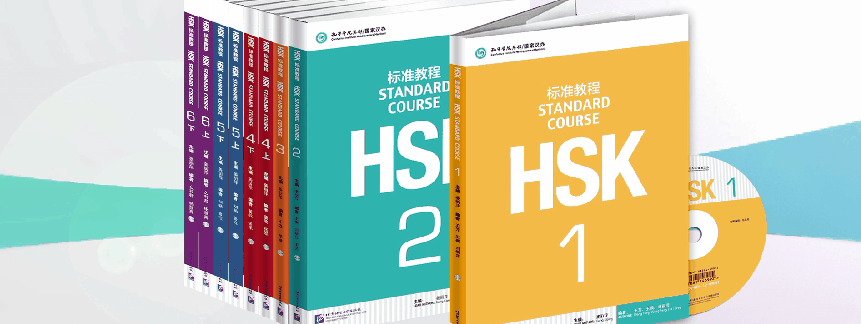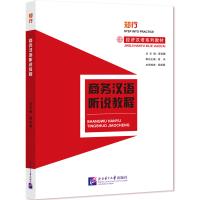Online Bookstore
Chinese for Commerce: Listening and Speaking Course
Author:Xu Xinyan
- Medium:Books,MP3
- ISBN: 9787561965917
- Page Count: 158
- Size:285 × 210 mm
- Pub Date:2024-08
- The book weight: 425 g
- Annotation Language:English
- Course:Listening and Speaking
- Target Audience(Age):College ,Adults
- Target Audience(Language):
- Subject Zone: STEP INTO PRACTICE: Business Chinese Series
- Price:
-
Category: Textbooks >Study in China >Long-Term
Textbooks >Study in China >Degree Education
More














